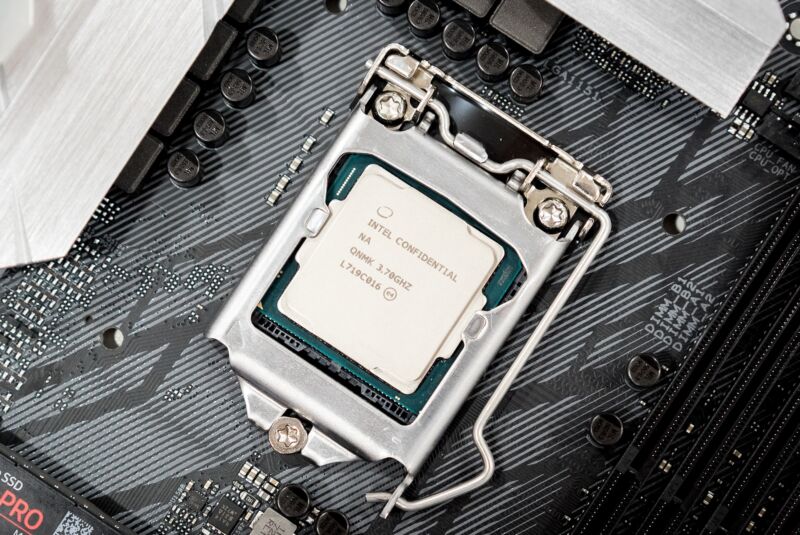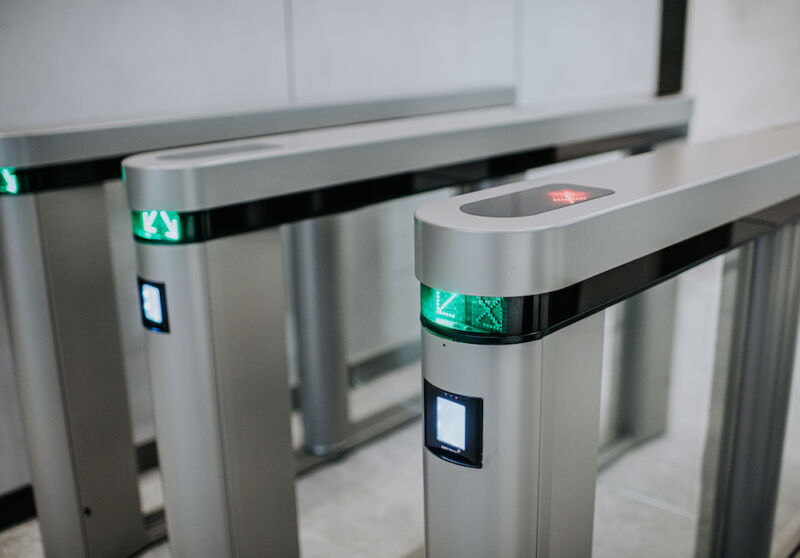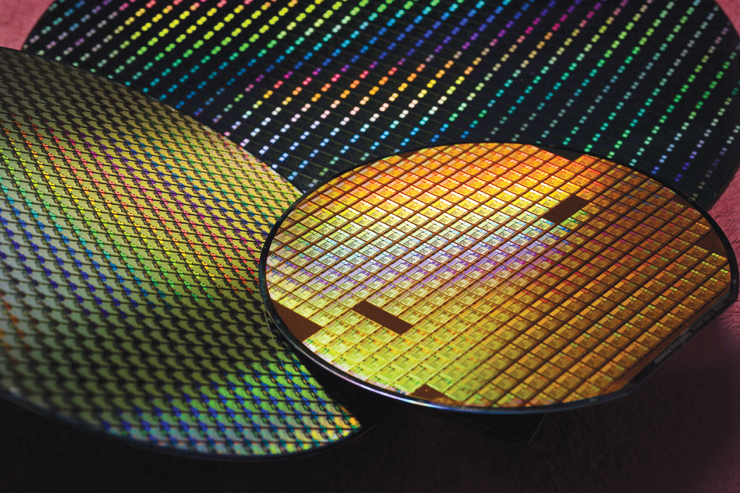-
 chevron_right
chevron_right
How an unpatched Microsoft Exchange 0-day likely caused one of the UK’s biggest hacks ever
news.movim.eu / ArsTechnica • 9 August, 2023

Enlarge / Building with Microsoft logo. (credit: Getty Images)
It’s looking more and more likely that a critical zero-day vulnerability that went unfixed for more than a month in Microsoft Exchange was the cause of one of the UK’s biggest hacks ever—the breach of the country’s Electoral Commission, which exposed data for as many as 40 million residents.
Electoral Commission officials disclosed the breach on Tuesday. They said that they discovered the intrusion last October when they found “suspicious activity” on their networks and that “hostile actors had first accessed the systems in August 2021.” That means the attackers were in the network for 14 months before finally being driven out. The Commission waited nine months after that to notify the public.
The compromise gave the attackers access to a host of personal information, including names and addresses of people registered to vote from 2014 to 2022. Spokespeople for the Commission said the number of affected voters could be as high as 40 million. The Commission has not yet said what the cause of the breach or the means of initial entry was.









